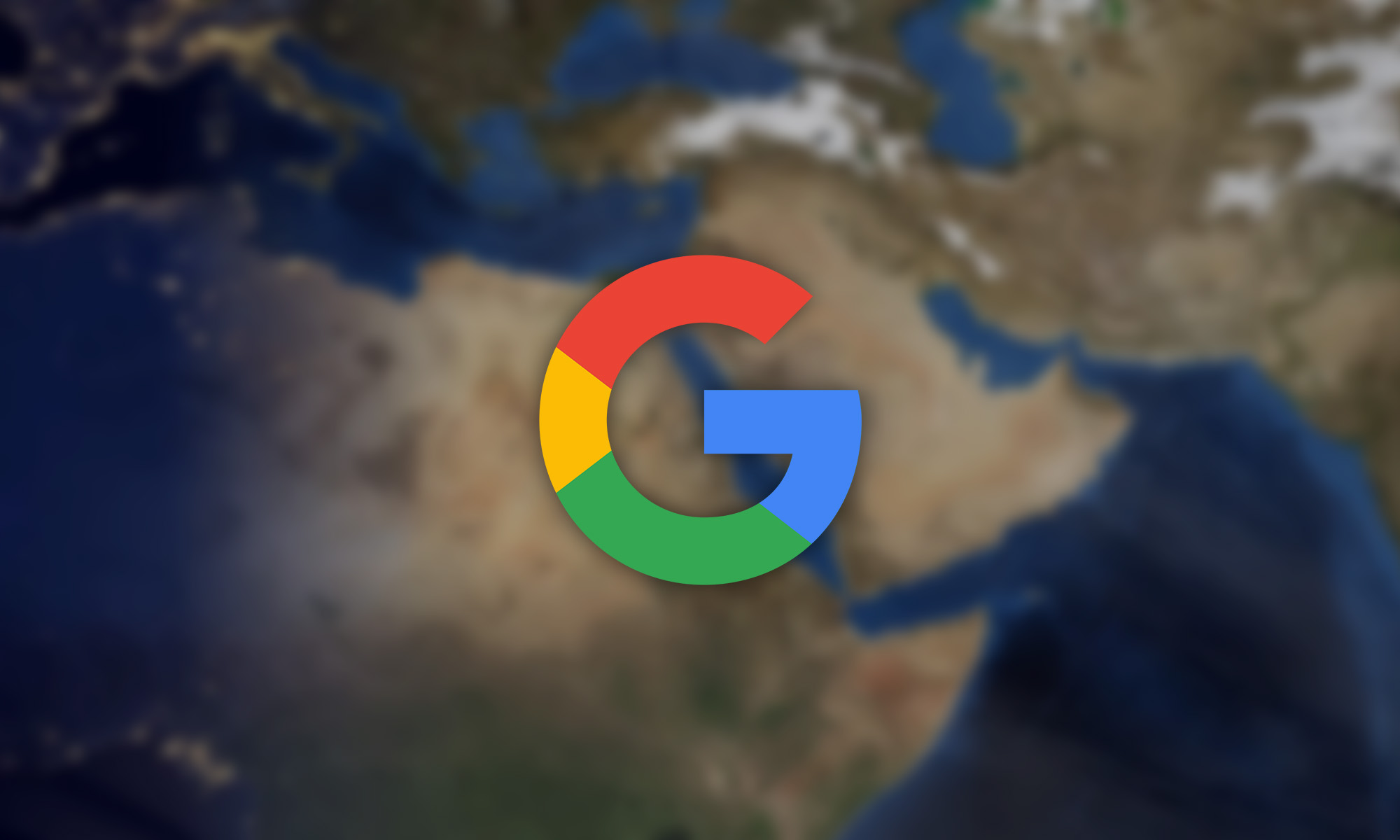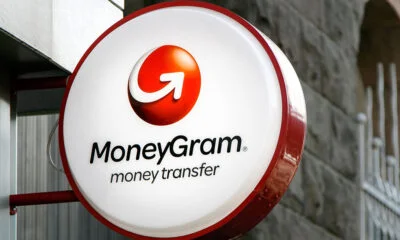News
Google Contributed Billions To The Middle East Economy In 2021
Google contributed over $3 billion to the economy in both the UAE and Saudi Arabia in 2021 alone.

For better or worse, Google is at the heart of the modern internet. Services like Google Search, Gmail, YouTube, Google Maps, and Google Drive are used by billions of people around the world, helping them find useful information, establish an online presence, and accomplish their goals, among many other things.
Interested to see how much value it contributes to the Middle East economy, the tech giant commissioned independent consultancy Public First to explore how Google’s products helped people, businesses, and workers, and the findings are astonishing: Google contributed over $3 billion to the economy in both the UAE and Saudi Arabia in 2021 alone.
To be more precise, Google helped support an estimated 12.2 billion SAR (or $3.25 billion) in economic activity in Saudi Arabia and AED 11.3 billion (or $3.08 billion) in the UAE.
In both countries, e-commerce played a vital role in Google’s contributions. Before the COVID-19 pandemic, people across the Middle East were fairly reluctant to shop online. Since the first wave of pandemic lockdowns restricted access to physical stores, e-commerce penetration more than doubled both in Saudi Arabia (from 5% to 10%) and the UAE (from 5.6% to 12.1%).
Other drivers of Google’s contributions include the company’s huge developer ecosystem or the various content creators it helped propel to stardom, such as the Iraqi creator known as Chef Shaheen, whose YouTube channel has around 2.4 million subscribers.
Also Read: How To Find Remote-Only Tech Jobs In 2023
“We see from the numbers that the content creator economy is growing massively…same thing for developers,” says Anthony Nakache, Google’s Managing Director in the Middle East and North Africa. “All signs are showing that there is a growth in the [digital] economy — all components are actually growing.”
On the flip side, any economy that becomes largely dependent on a single company can find itself in an unpleasant situation if the company stops being able to deliver its services, just like when the massive Facebook outage shook the internet in 2021.
News
HiFuture Wraps Up Successful GITEX GLOBAL 2024 Appearance
The electronics company wowed audiences at the world’s largest tech event with a range of wearable and smart audio devices.

This year’s GITEX GLOBAL 2024 in Dubai saw a huge number of startups, electronics firms, and innovators from around the globe gather for the tech sector’s largest event of its kind. One company making waves at this year’s expo was Chinese tech group HiFuture, which showcased a range of products with a focus on wearable technology and smart audio.
At the HiFuture booth, the company captivated attendees with cutting-edge smartwatches like the ACTIVE and AURORA, along with a range of powerful wireless speakers, earbuds, and even smart rings. Visitors were eager to check out the sleek new designs on offer and even had the chance to test out some of the products themselves.

Among the highlights were smartwatches combining dual-core processors with customizable options. The devices blended style and technology, offering health monitoring capabilities, personalized watch faces, and advanced AI-driven functionalities, giving attendees a taste of the future of wearable technology.
On the audio front, HiFuture’s wireless speakers left a lasting impression, offering rich, immersive sound in compact, portable designs. These speakers cater to both intimate gatherings and larger celebrations, offering versatility for users. Meanwhile, the company also showed off its Syntra AI technology, which it claims “revolutionizes health and fitness tracking by combining advanced optical sensors with intelligent algorithms for precise, real-time insights”.
Also Read: How (And Why) To Start A Tech Business In Dubai
The presence of HiFuture’s leadership team at GITEX 2024 underscored the importance of this event for the company, with CEO Levin Liu leading a team of executives, all keen to engage with attendees and offer insights into HiFuture’s vision, product development process, and future direction.
Overall, it seems that GITEX GLOBAL 2024 has been a rewarding experience for HiFuture. The enthusiasm and curiosity of attendees shown to the company’s diverse range of products was obvious, with the HiFuture team leaving on a high note and clearly excited and motivated by the event.




























